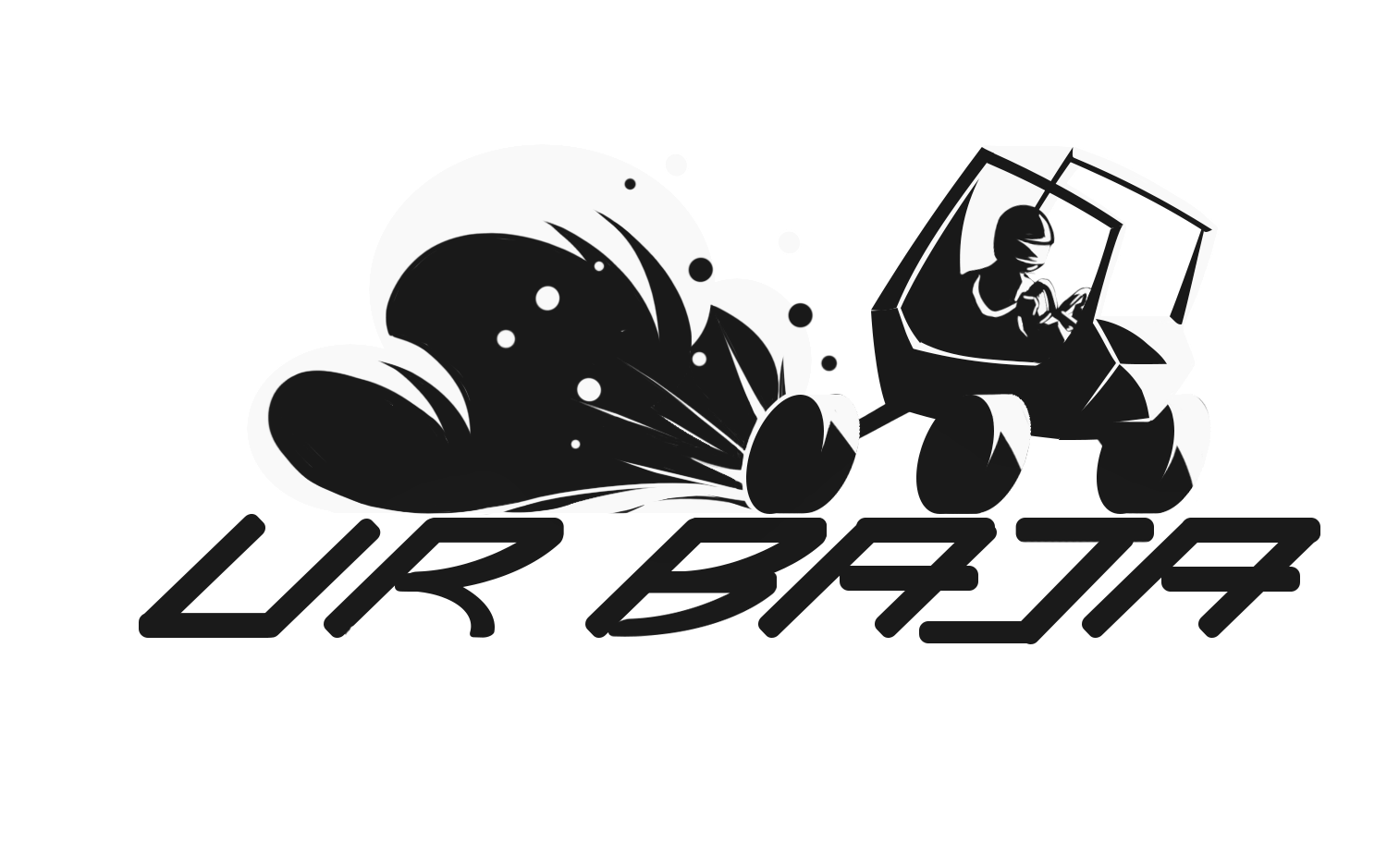By Kaven Marte (Mechanical Engineering, ’19)
Rear bracing
The rear bracing is one of the most difficult parts to design because of the interface between the various subsystems required on the car, namely drivetrain, suspension, and usability. Reducing the size of the bracing to lose weight is another major difficulty. It is vital to make sure that the bracing has enough space while packing it as tight as possible to reduce the overall weight.
Firewall
The firewall is one of the most important features of the car, as it separates the cockpit from the drivetrain and engine (protecting the driver). As there are many rules regarding the firewall, it is rather difficult to reduce its width. This year, one of the main goals is to reduce the width of the firewall in order to reduce the air resistance. This width reduction will help the team with both top speed and weight reduction from last year’s model.
SIMs
The SIMs are the lateral members of the roll-cage that seal the driver into the roll-cage. In last year’s model, the SIMs were straight members. However, this year’s model will feature a bend, crucial to reduce the width of the firewall. Because of this change, the cockpit will be made more ergonomic, allowing the driver more torso and leg room. This year’s model will also include a lower mounting point on the firewall, allowing the driver to egress much quicker and easier.
Load Cases
Load cases are incorporated into our design to model the stresses at different parts of the car. We modeled load cases on frontal impact, frontal roll-over, and engine/gearbox loading. The load cases will also be physically tested in order to verify our stress analysis in particular points, with the help of recent alumnus Matt Isbell (‘16) and Simutech Group.

